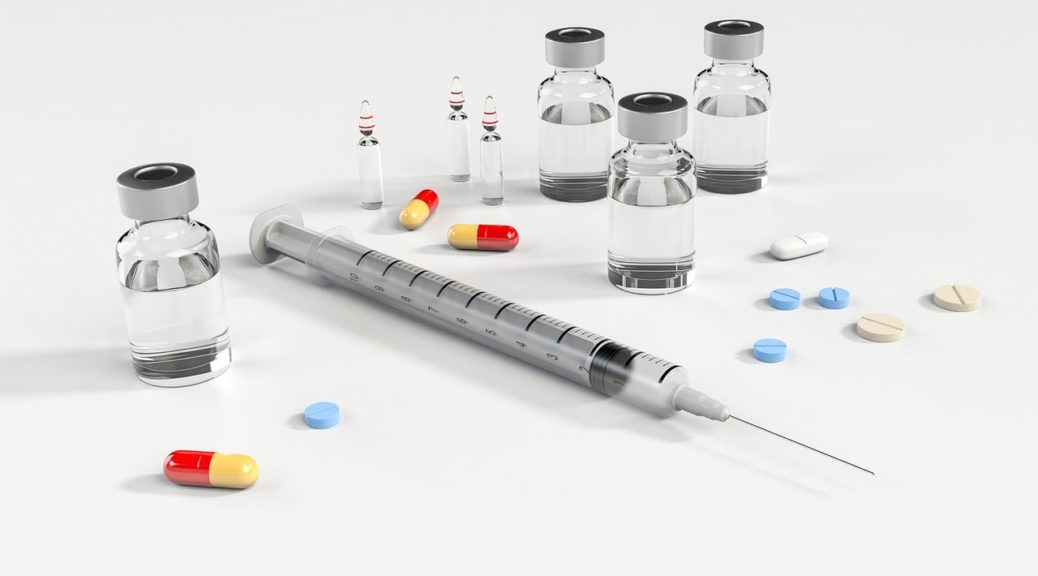
Anaphylaxis caused by breastfeeding
Anaphylaxis caused by breastfeeding is a rare situation in the context of breastfeeding that appears as an allergic response to the milk ejection reflex. It usually occurs within a few minutes of latching on or expressing (manually or with a breast pump), although it can also appear up to half an hour later.
Pathophysiology
Although the pathophysiology of this condition is not clear, it is possible that the decrease in progesterone and the increase in prolactin after birth cause mast cell degranulation and release histamine that can trigger this allergic reaction.
During pregnancy, the number of mast cells increases. However, progesterone keeps them at low activity.
After giving birth, progesterone levels decrease rapidly, so their action regarding mast cells also decreases.
At the same time, during the lactation period, prolactin level surges, as well as a decrease in progesterone could trigger a repeated allergic response with each milk withdrawal.
The anaphylaxis condition usually appears from 3-5 days postpartum.
Symptomatology
Different signs and symptoms of lactation anaphylaxis have been described:
| Hives, rash Shortness of breath/difficulty breathing Wheezing Cough Hoarse voice Nausea, vomiting and/or diarrhea Abdominal pain Sweating; moist hands Headache | Facial swelling Itching Red or pale skin Difficulty swallowing Loss of consciousness Rapid heart rate Low blood pressure Dizziness |
Diagnosis
The diagnosis of lactational anaphylaxis is made by detecting symptoms and signs as well as increased serum tryptase. A tryptase level test can be performed 15 minutes to three hours after the initial clinical signs. Elevated serum tryptase level means that there is mast cell activation during an anaphylactic reaction. The normal reference range for serum tryptase is 0 to 12 mcg/L.
Treatment
Treatment of lactation anaphylaxis is the same as for any other type of anaphylaxis: epinephrine, corticosteroids, and famotidine. They are fully compatible and safe in lactation, although corticosteroids at high doses may have an effect on milk production.
Once the acute symptoms have been treated, prophylactic treatment with corticosteroids and/or antihistamines can be carried out.
When a diagnosis of lactation anaphylaxis is made, it is usually recommended to avoid the use of nonsteroidal anti-inflammatory drugs.
The experiences described in the published clinical cases indicate that lactation can be continued if this is the mother’s wish.
References
Lactation anaphylaxis. (s/f). Flourishing Tots. Recuperado el 4 dev diciembre de 2023, de https://www.flourishingtots.com/lactationanaphylaxis
Pescatore, R., Mekkaoui, S., Duffell, B., & Riviello, R. (2019). A Case of Lactation Anaphylaxis. Cureus, 11(8), e5497. https://doi.org/10.7759/cureus.5497
Durgakeri, P., & Jones, B. (2015). A rare case of lactation anaphylaxis. The Australasian medical journal, 8(3), 103–105. https://doi.org/10.4066/AMJ.2015.2349
Gupta, D., Rubens, A., & Marjanovic, M. (2012). Post-partum anaphylaxis: universal but successful management protocol should not deter appreciation of underlying etio-pathogenesis plethora. Clinics and practice, 2(2), e43. https://doi.org/10.4081/cp.2012.e43
Shawkat, E., Hussain, N., Myers, J. E., Gillham, J., & Helbert, M. (2011). Breast milk: friend or foe?. BMJ case reports, 2011, bcr0120113766. https://doi.org/10.1136/bcr.01.2011.3766
Shank, J. J., Olney, S. C., Lin, F. L., & McNamara, M. F. (2009). Recurrent postpartum anaphylaxis with breast-feeding. Obstetrics and gynecology, 114(2 Pt 2), 415–416. https://doi.org/10.1097/AOG.0b013e3181a20721